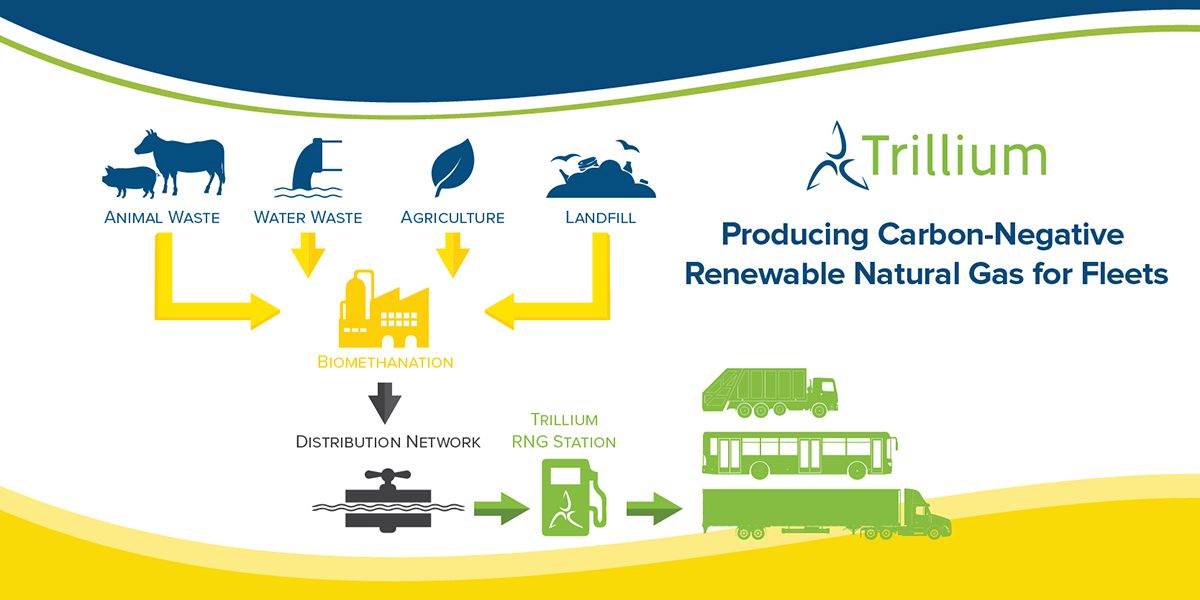In the push towards reducing emissions, much of the industry’s initial focus was centered around tailpipe emissions. Although vehicle regulations set in place during these initial phases led to many efficiency improvements, the introduction of renewable and low-carbon fuels and battery-electric powertrains has made assessing and accounting for the full scope of emissions more nuanced.
Established methodologies and emissions accounting frameworks help businesses and organizations account for and measure their total greenhouse gas (GHG) emissions — and be credible in doing so.
Using a “tank-to-wheel” perspective focuses only on the emissions produced during vehicle operation. While newer vehicle technologies yield zero tailpipe emissions, broadening the scope to include all emissions associated with producing, transporting, and consuming fuel can give a fuller picture of total emissions produced by the vehicle technology or fuel and, critically, the opportunity to achieve global emissions reductions.
Using a “well-to-wheel” methodology considers all emissions that were produced as a result of fuel production, processing, distribution, and operation, making it a holistic approach to account for the full emissions profile of a vehicle technology or fuel.
Many public agencies have begun to incorporate a well-to-wheel emissions methodology into their rulemaking because it offers a complete lifecycle emissions analysis for a given fuel source. California’s Low Carbon Fuel Standard (LCFS) program, for instance, uses a well-to-wheels analysis to determine the program’s carbon intensity (CI) calculations for each fuel type. The resulting CI values reflect the direct effects of producing, distributing, and using a fuel, as well as indirect effects that may be associated with how the fuel affects other products and markets. The program has been instrumental in achieving GHG emissions reductions from transportation in California.
A CI value, expressed as a number, helps measure and convey the total “well-to-wheels” emissions associated with each fuel in the LCFS program. For instance, because renewable natural gas (RNG) comes from renewable, organic waste sources it is considered a more sustainable substitute for conventional, or fossil, natural gas and can have a low, or even negative, CI value.
Each source of RNG is associated with different levels of GHG emissions. Certain sources of RNG, like dairy waste, are considered carbon negative because the fuel source captures emissions that would be produced in greater volumes than emissions from its use. Because of this, fleets using negative-CI value RNG as a fuel are considered to be “carbon negative”.
Using this same approach, energy or fuel sources that produce zero-tailpipe emissions during operation do not necessarily have a CI value of zero. This is because the entire value chain of fuel production through to consumption is taken into consideration in a well-to-wheels approach. A good example of this is considering the CI value of electricity from California’s grid when used as a transportation fuel, which is 76.73 gCO2e/MJ (Source: 2022 CARB Low Carbon Fuel Standard), compared to carbon-negative RNG used as a transportation fuel in California, which had a CI value of negative 103.67 gCO2e/MJ (Source: 2022 CARB Low Carbon Fuel Standard).
Even though battery-electric vehicles are “fueled” by electricity, and produce no emissions at the tailpipe, the electricity used to power the vehicles is responsible for producing emissions and therefore is captured in a well-to-wheels approach and would not be reflected in a tank-to-wheels approach. Fortunately, the leading approach that most companies use for GHG accounting, the GHG Protocol, reflects that battery-electric vehicles are only fully zero-emission from a well-to-wheels perspective if the electricity is from zero-emission renewable sources.
“Renewable natural gas is an ultra-low carbon, cost-effective fuel option for fleets,” said Derek Klaus, Sustainability & ESG Manager at Trillium. “We recognize the challenges that fleet customers have in meeting sustainability and emission reduction goals and utilizing RNG can help achieve those goals while also meeting their operational requirements.”
Trillium supplies both low carbon and carbon negative RNG to fleet operators throughout the U.S., currently providing RNG across 26 states. More than 65 of these locations are public-access stations and can enable fleet operators to achieve low- or negative-carbon operations today.



